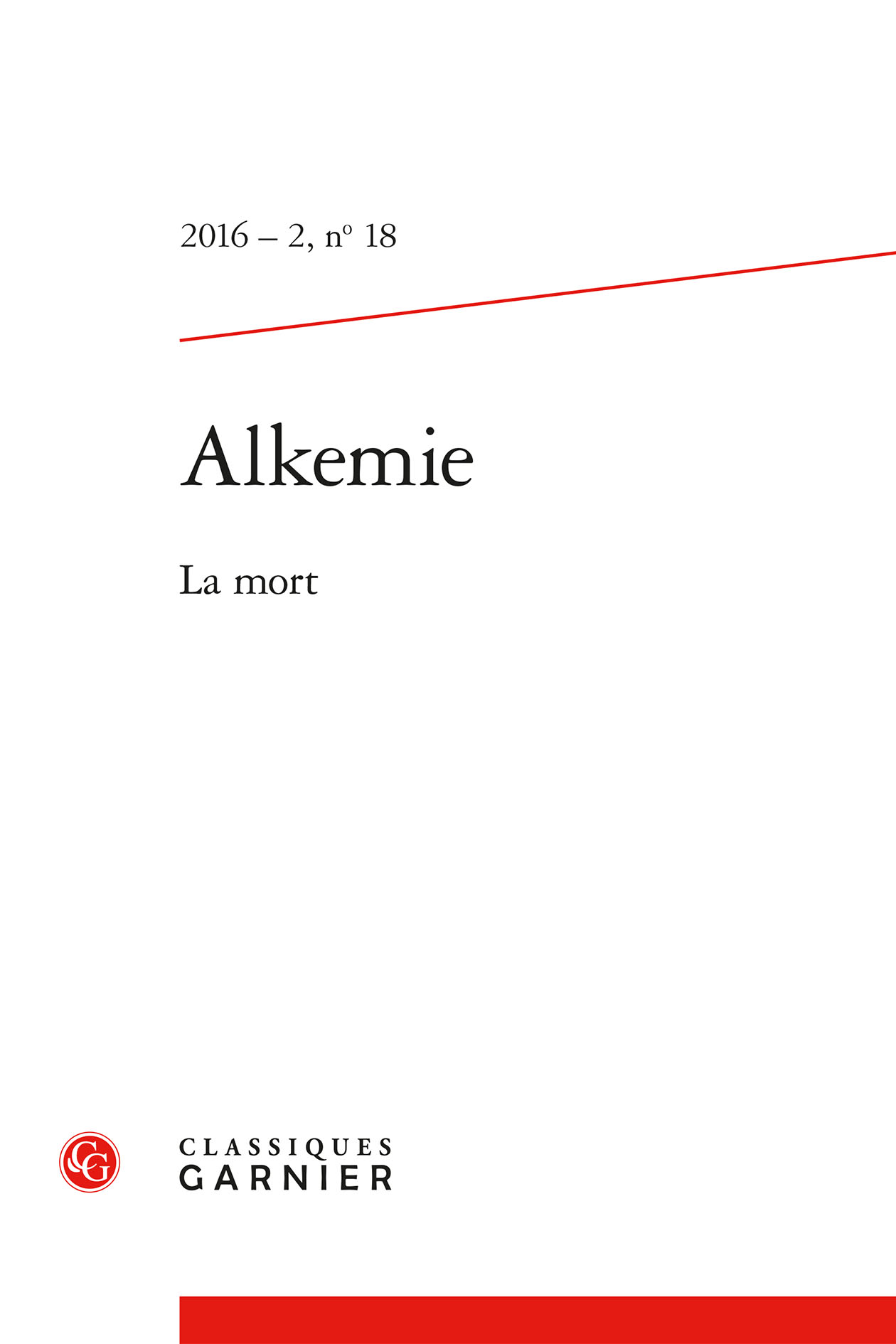Celui que nous aimons est là et il n’est pas là
Celui que nous aimons est là et il n’est pas là
The cadaver in literary thanatology
Author(s): Till R. KuhnleSubject(s): Philosophy, Language and Literature Studies, Literary Texts
Published by: Classiques Garnier
Keywords: Cadaver;corpse;body;moment of death; existential ontology; act of dying; alienation; becoming an object
Summary/Abstract: Dans son étude de thanatologie philosophique, Todesmetaphern, T. H. Macho développe ce qu’il appelle « le paradoxe du cadavre » : en face du cadavre d’une personne aimée, nous sommes effrayés parce que nous continuons à le considérer comme étant identique à cette personne. Selon Heidegger, nous sommes confrontés à une « mutation » qui signifie une rupture ontologique fondamentale, à savoir à la transformation d’un corps vivant (et humain) en objet. Ce paradoxe a préoccupé maints écrivains et philosophes. In his study on philosophical thanatology, Todesmetaphren, T. H. Macho analyses what he calls the “paradox of the corps”. When we have a look on corpse of a beloved person, we are frightened because we consider the “object” still as that person. We are witnesses of a fundamental ontological change: the existential-ontological structure of the Dasein (being there/presence) turns into an object. The Leichenparadox was fascinating writers and philosophers. .
Journal: ALKEMIE. Revue semestrielle de littérature et philosophie
- Issue Year: 2016
- Issue No: 18
- Page Range: 265-281
- Page Count: 19
- Language: French
- Content File-PDF

